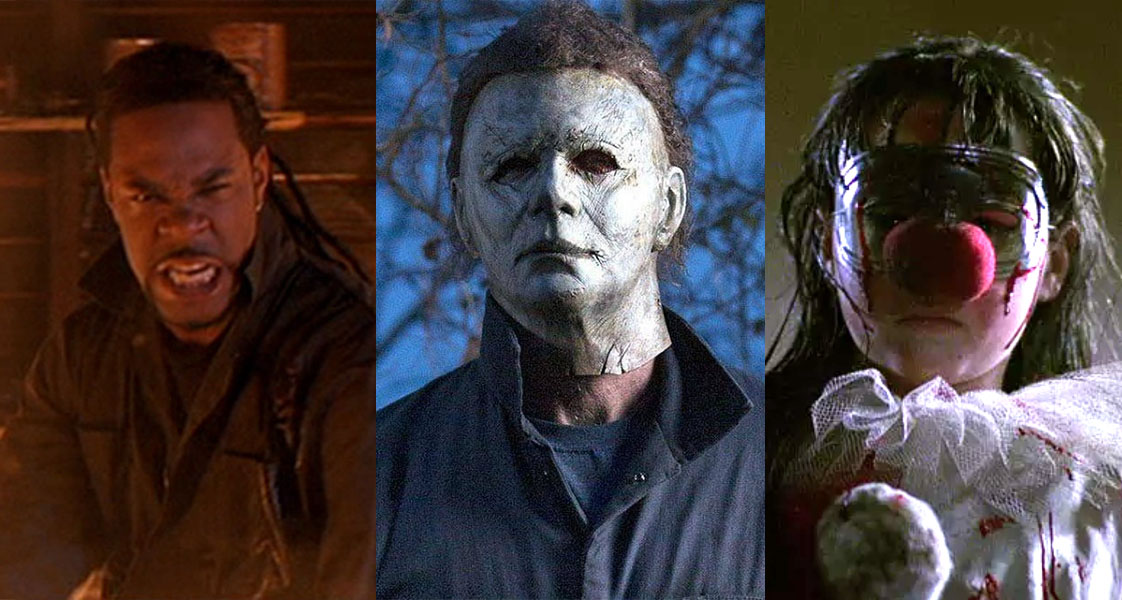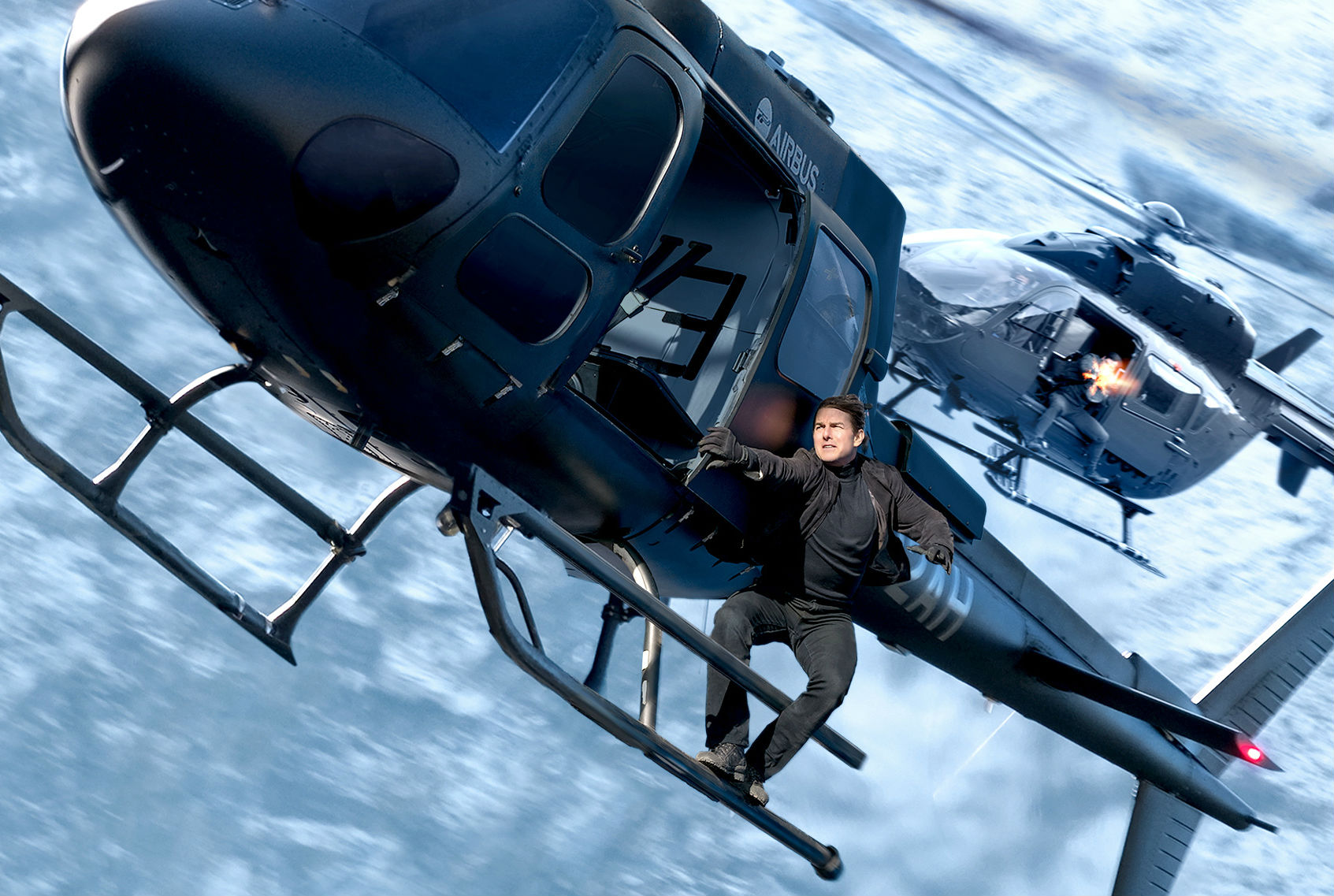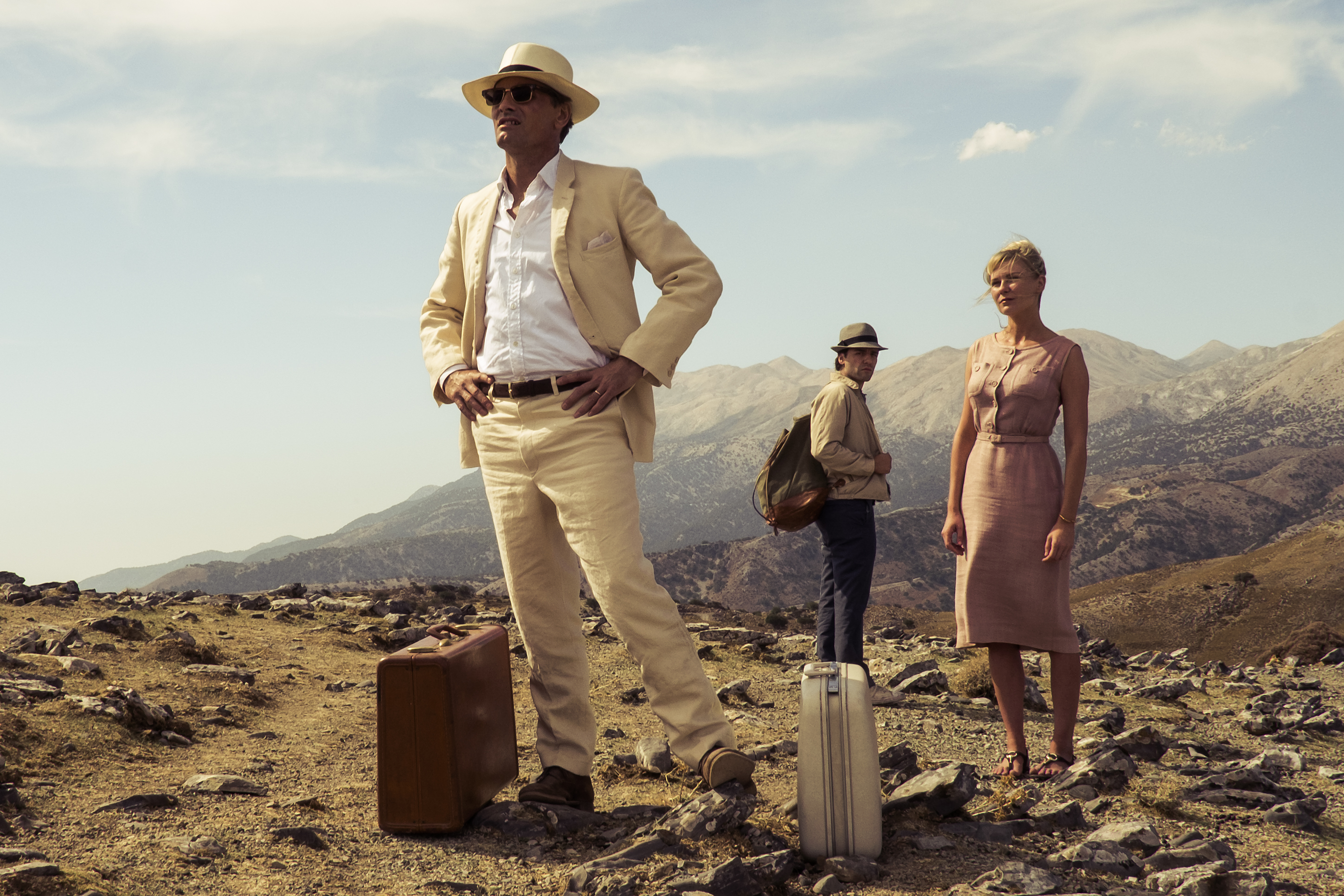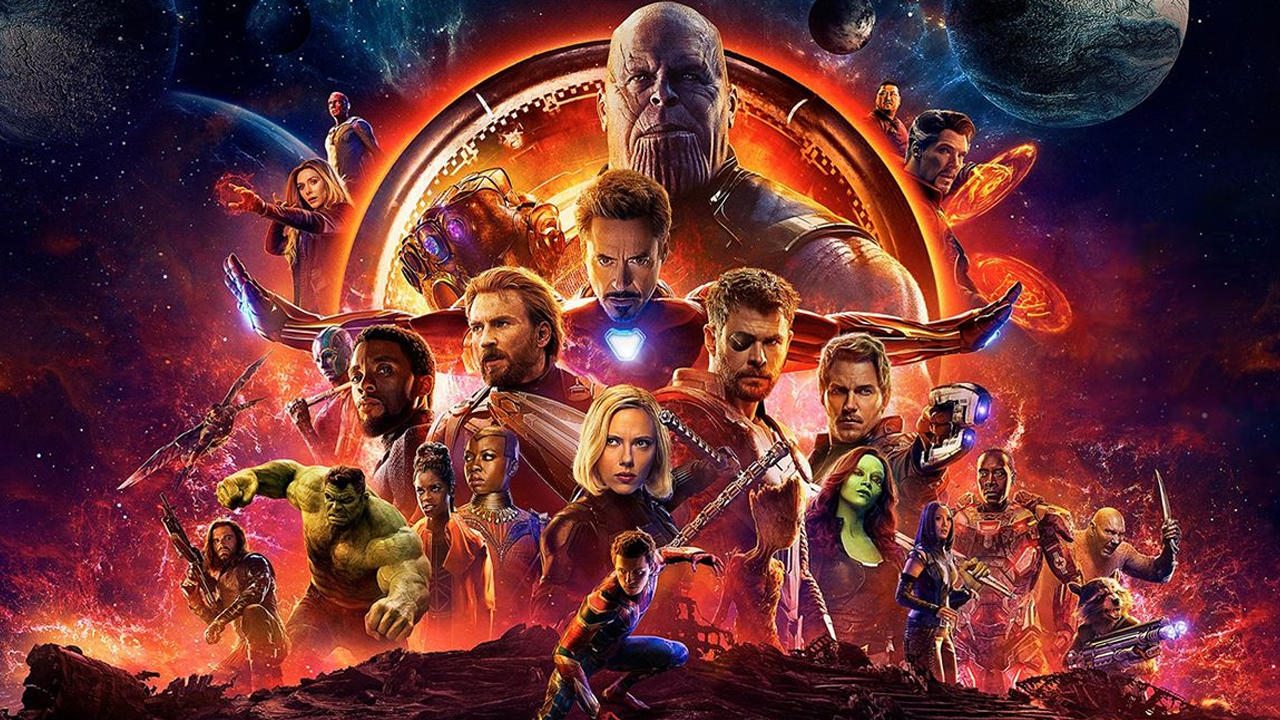Dune (2021, Dir. Denis Villeneuve):
A beginning is the time for taking the most delicate care that the balances are correct. This every sister of the Bene Gesserit knows. To begin your study of the life of Muad’Dib, then, take care that you first place him in his time: born in the 57th year of the Padishah Emperor, Shaddam IV. And take the most special care that you locate Muad’Dib in his place: the planet Arrakis. Do not be deceived by the fact that he was born on Caladan and lived his first fifteen years there. Arrakis, the planet known as Dune, is forever his place.
Frank Herbert, Dune
Like many classics, Frank Herbert’s Dune is both of and beyond its time. The Dune novels weave a tapestry of dynasties, wars, magic and intrigue—the stuff of many legends before and since—but there’s also a definite whiff of the stoned-out ’60s and ’70s in Herbert’s would-be saviors, who are just as preoccupied with expanding their minds as they are on expanding their domains. While other science-fiction franchises that have cannibalized Dune have waxed and waned over the decades, Herbert’s series remains vibrant due to the vastness of his scope, and the zonked-out strangeness of his imaginings (the Weirding Way, indeed).

Much like Herbert’s protagonist Paul Atreides gains the fanatical worship of the Fremen population of the desert planet Arrakis, Dune fans have been unstinting in their devotion to the series over the years, to the point that the release of the latest version of the tale has been anticipated like a religious holiday. The timing seems right: shows like Game of Thrones have taught audiences how to appreciate royal skullduggery and flawed heroes, while spreading a story over a sprawling canvas. Until now, adapting Herbert’s canvas for the screen has been an either-or proposition: either lean into the books’ out-there, psychedelic conceits, or rely on its narrative underpinnings of battles and schemes and counter-plots. Alejandro Jodorowsky’s aborted attempt to film the novel in the mid-’70s and David Lynch’s edited-to-ribbons 1984 version hewed toward the former, while the Sci-Fi Channel’s stolid, stodgy 2000 miniseries set up camp firmly in the latter.
Coming off Blade Runner: 2049, director Denis Villeneuve knows what it means to tackle a cult franchise that’s freighted with expectations, and how to give the fans what they want. Dune followers will find plenty to cheer in this re-vision of the story, and if the movie is a touch ponderous, it would be difficult not to be, given the mammoth stakes Herbert sets out. As in the book, the narrative centers on Paul (Timothée Chalamet), the youthful scion of noble Duke Leto Atreides (Oscar Isaac). The Atreides clan has been directed by imperial decree to assume control of mining operations on Arrakis, home to the mystical (and vitally important) element “spice.” (Villeneuve embraces voice-over exposition from the start, eager to usher us to the meat of the story.) Naturally, the Atreides are walking into a trap; the nasty Harkonnens, the planet’s former tenants, are plotting against them in tandem with the Bene Gesserit, a matriarchal order of nun-like schemers with psychic powers. Paul is the fly in the ointment: the son of Leto and Bene Gesserit acolyte Jessica (Rebecca Ferguson), he’s a rare male heir in their line who might be none other than Muad’Dib, a messiah who’s been prophesized to lead Arrakis’s Fremen to revolution.
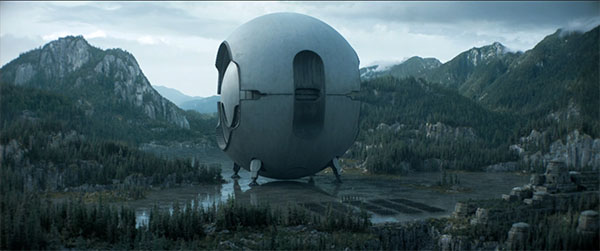
As we chew over these names and terms, as well as the vaguely Muslim overtones, Villeneuve goes for the wow factor in the visuals. Arranging humans alongside gargantuan starships and landscapes like ants, he inflates the film’s mise en scène to Triumph of the Will levels, while royal processions suggest the pageantry of a Kurosawa movie. In contrast to most tech-laden sci-fi, Dune opts for the sculptural in its production design, boasting smooth surfaces and brutalist architecture, with a touch of the organic thrown in: the film’s most show-offy accomplishment is “thopter” desert flyers which resemble angry dragonflies, and feature in the most sustained set-piece, a pursuit through a sandstorm. In its look at least, Dune accomplishes one of the primary goals of any sci-fi film: transporting the viewer to a distinctive, immersive universe.
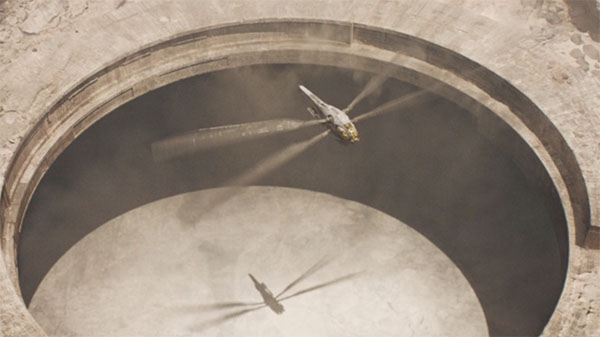
That Dune looks this impressive should be no surprise, given the wonders Villeneuve worked in Blade Runner 2049, but where Blade Runner sank under the weight of its pretensions, Dune has more life to it. Herbert’s books celebrate heroism even as they call it into question—the idea of royal saviors coming to the rescue of benighted natives is knotty to begin with—while his characters endure mammoth moral dilemmas and escalating crises. Villeneuve doesn’t avoid these undercurrents as much as sidestep them, but if he only hints at the wild ride ahead in this installment, the steady beat of Herbert’s narrative keeps Dune percolating even when it’s at rest. Good thing too, because the film’s trappings frequently threaten to overwhelm the human element. Some of the actors, like Josh Brolin as gruff fighter/tutor Gurney Halleck, seem out of place; others like Stellen Skarsgård, whose Baron Harkonnen visually rhymes with Marlon Brando’s batshit Colonel Kurtz from Apocalypse Now, get to strike a few poses and little else.
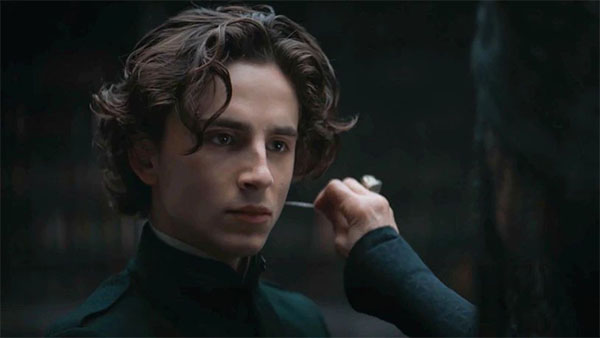
At least Ferguson and Chalamet are worthy camera subjects as the movie’s stars—they’re the only ones who have the opportunity to exhibit a few different emotions, at any rate. Ferguson in particular trots out the most variety in her performance, convincingly flitting between tremulous maternal figure and bad-ass warrior. The mop-topped Chalamet has the tougher task: carrying the brunt of exposition via slightly underwhelming psychic imaginings of possible futures, his character only just begins to come into his own by movie’s end. But even if his looks are the dishy stuff of teenage dreams, his to-the-manor-born features register subtle shifts from moment to moment, accommodating willfulness, uncertainty and vulnerability. As the plot constricts around him, he retains his grace, even while bearing the weight of the galaxy on his shoulders.
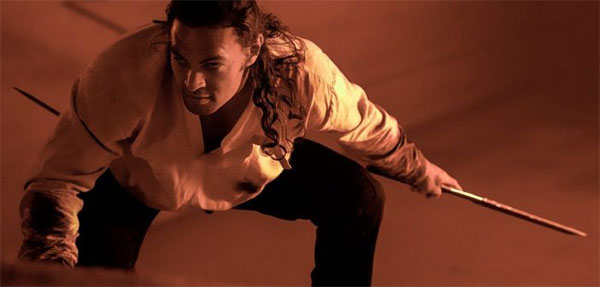
Weight would be the most appropriate word to describe Villeneuve’s Dune: for most of its running time, it has a clenched air about it, as characters interact with solemn murmurs and significant glances. (As usual, Hans Zimmer’s subwoofer-heavy score accentuates the somberness on display.) Visually striking as the film is, it isn’t particularly inviting—Villeuneuve’s color palette ranges from stone gray to parched desert beige—and the screenplay, more workmanlike than poetic, lacks much of the pep Herbert supplied to his own prose. (You know you’re dealing with a very earnest movie when the normally exuberant Jason Mamoa is tamped way down as Paul’s freewheeling buddy and bodyguard.) Still, every so often a flowery turn of phrase from the master wends its way in, and the film’s mournful conviction grows on you. The Lord of the Rings and Star Wars may be more pop culture-friendly, but Dune is a mythology with teeth, often literally: where deserts in Star Wars movies may be there to add some pictorial color, Dune‘s desert is a very deadly place indeed, where one must re-ingest one’s own sweat and tears to survive, and those famous giant sand worms bowl over and through everything in their path. It’s the perfect metaphorical setting for imperial strivers and would-be messiahs to wrestle with the demons of their own minds.
/cdn.vox-cdn.com/uploads/chorus_asset/file/21866548/Screen_Shot_2020_09_09_at_12.21.44_PM.png)
Dune is above all a table-setter, with the movie concluding halfway through the events of Herbert’s book. While Villeneueve is careful not to wrong-foot this first installment, the heavier lifting is yet to come: how convincing will he be in presenting Paul’s transformation to all-seeing prophet and emperor, and in characterizing the hardscrabble yet faith-filled Fremen? Evidence thus far is mixed: Javier Bardem brings a dry understatement to Fremen leader Stilgar, but as Paul’s future lover and co-revolutionary Chani, Zendaya is curiously flat (one longs for some of the wryness she brought to MJ in the recent Spider-Man movies). And if we dare to dream of further sequels down the line, how will Villeneuve tackle the even further-out-there sallies of Herbert’s imagination? (Half-man, half-sandworm, anyone?) Villeneuve has proven himself fully capable of honoring the grandiosity of Herbert’s vision, but will his pomp grow more portentous, or will he cut loose and embrace the Weirding Way? As ever, Herbert’s text remains elusive: lean too far into one element and risk losing the others. Still, as a juggling act, there’s much to appreciate in Villeneuve’s Dune, even if there’s more about it to admire than to truly love. ■

